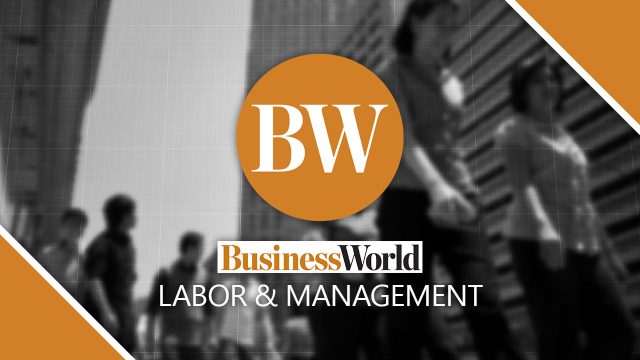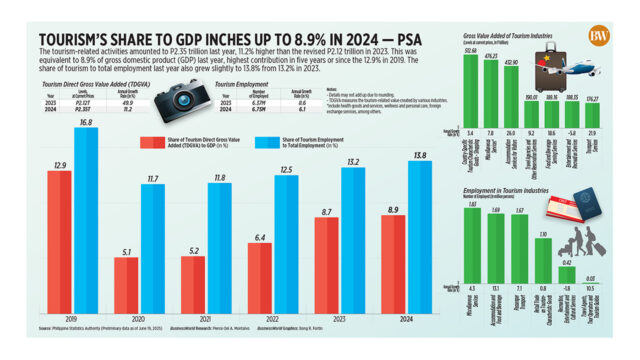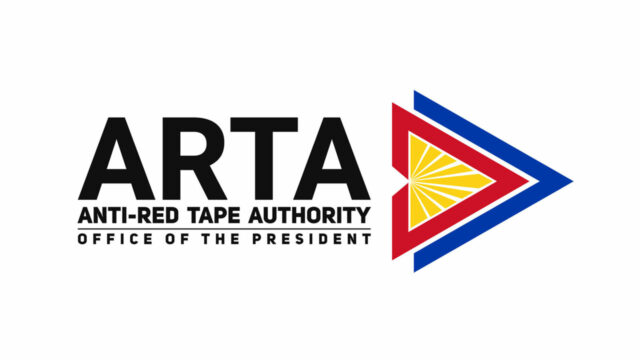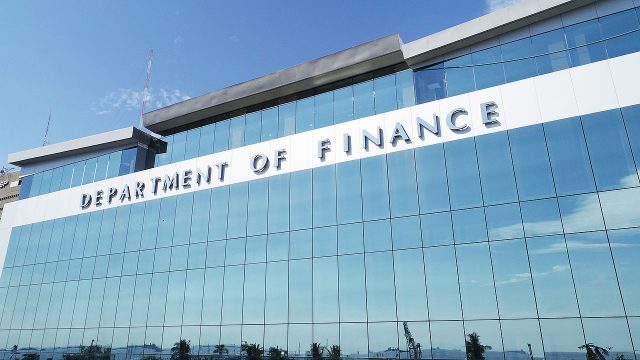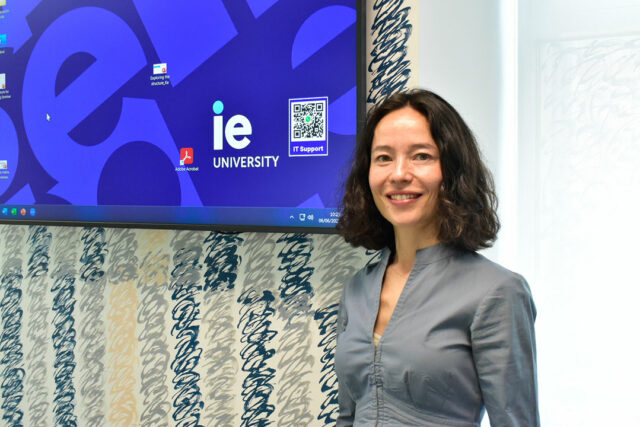I have a direct report who is a constant complainer. Last week, he challenged an obsolete corporate-wide policy that many people believe should be changed or updated. I agree with them. How do I manage the situation without making it appear that management has failed in its job these past 15 years? — Mountain Joe.
No leader enjoys being challenged, particularly if it emerges years later that a long-standing company policy is wrong. Yet, pushback is inevitable, and how you respond can either erode trust or build a culture of innovation.
An employee complaining about a policy is not always an act of rebellion. It’s often a form of feedback. Great leaders know that handling these moments well tests maturity and emotional intelligence.
Even if it’s obvious that the policy is crazy, frame the situation as something that served a purpose in the past. Emphasize that such a policy was aligned with business needs and organizational priorities when it was introduced 15 years ago.
Be sure to explain that since that time, the landscape has significantly changed. This is a good argument for why every organization should establish and nurture a continuous improvement program (like kaizen and lean thinking) with the help of an army of employee problem-solvers.
If you can do that consistently, then management won’t have to be exposed as wrong or remiss in maintaining an obsolete policy.
SPECIFIC STEPS
With inclusion and transparency mattering more than ever, how you respond to internal critiques even from an employee viewed as a troublemaker says more about your leadership than any inspirational speech you can deliver.
The best leaders don’t shut down dissent. Instead, they refine their strategies by empowering people, not necessarily through a passive suggestion box, but through a dynamic system where all employees are evaluated by the quality of their proposals.
With that in mind, consider the following:
One, don’t take it personally. When an employee questions a policy, resist the urge to feel attacked. It’s not about you or your management style. Being defensive is the enemy of leadership. Take a deep breath, set aside your ego, and treat the situation as an opportunity to engage rather than enforce.
A calm response should be like: “Thanks for bringing that up. Let’s talk about it at length.” That statement can go a long way. It shows you’re confident enough to listen without the need to release toxicity in the air.
Two, be an active listener. Too many managers often skip this part. Real listening means setting aside assumptions and hearing the reasons behind the complaint. Ask probing questions without being emotional. Is the policy objective? Is the policy impractical? Is it being inconsistently applied? Or, is it costly? Is there a better solution?
Sometimes, a worker’s frustration reveals a gap between how a policy looks on paper and how it plays out on the ground.
Three, clarify the policy rationale. Every policy was created for a reason. If the rule in question is still valid, explain the logic behind it. Don’t assume employees understand it well. More often, they don’t. For example, a policy requiring them to arrive 15 minutes early before their shift may feel arbitrary until you explain that it ensures smoother customer service during peak hours.
People may not like that policy, but they’re far more likely to accept it when they understand the intent behind it. If not, they could even propose a better solution.
Four, know your blind spots. What if the employees have a point? Most likely they have a reason for it. Being on the frontlines, they know the ins and outs of your business process. Even “established” policies can become outdated or misaligned with your company’s evolving culture or values.
Ask yourself: Is this policy still serving its original purpose? Is it fair? Is it consistent with your goals? If the answer is no, consider tweaking or updating it.
Five, give credit where it’s due. Letting your team see that their voices can lead to meaningful change strengthens motivation and morale. If you do that, more ideas will come. That alone could galvanize their resolve to remain loyal to the organization.
Best to maintain a reward and recognition system for both individual and team accomplishments.
Six, reaffirm or establish the boundary. If top management doesn’t want to change a “crazy” policy, just the same, be clear, respectful, and firm. Say something like this: “We’ve taken a fresh look at this, and for now, we’ll continue with the current policy until a better solution is made.”
Still, emphasize that management values employee input and encourage them to keep raising concerns when they see something that needs attention. This approach honors the employee’s courage to speak up — without undermining the authority of leadership.
The goal isn’t to win an argument. It’s to lead a team that believes in the direction you’re going. Policy pushback isn’t always a crisis — it’s often a culture checkpoint. It can highlight discontent, confusion, or shifting values inside your team. Smart leaders see patterns before they become problems.
Solve your workplace problems with Rey Elbo’s help. E-mail your story to elbonomics@gmail.com or DM him on Facebook, LinkedIn, X, or via https://reyelbo.com




